
Students were excited after completing the first round of the Ho Chi Minh City National University's capacity assessment test at noon on April 7.
At exactly 11:00 a.m. on April 7, after 150 minutes of taking the test, nearly 96,000 candidates officially finished the first round of the Ho Chi Minh City National University's competency assessment exam. At the Van Lang University exam site (Binh Thanh District, Ho Chi Minh City), candidates had different opinions about the difficulty of the official exam compared to the sample exam from Ho Chi Minh City National University, but many students said that it was easy to get high scores in math, Vietnamese and social studies.
Phan Mai Thuy Tram and Tran Ngoc Diem Quynh, both students in class 12A10 at Marie Curie High School, rated the test as "both difficult and easy". There were parts like math that could be solved easily by applying formulas, and Vietnamese that did not have many tricky questions. "In general, we found the math part to be the easiest compared to the official sample test. But the physics and chemistry questions were especially difficult for us," the two female students shared.
Sharing the same sentiment, Phan Bao Tien Khoa, a student at Nguyen Thi Minh Khai High School, also said that he struggled with the physics, chemistry, and biology questions, while the math questions were not too difficult and he could do more than half of them. Dinh Tran Thuy, a student at the same school, was frank: "I was out of breath with the physics and chemistry questions, I could only 'circle' them all. In particular, the chemistry questions had equations and substances that were very strange to me."

Tran Thuy and Tien Khoa said they both had difficulty with natural science subjects in the first round of the competency assessment test.
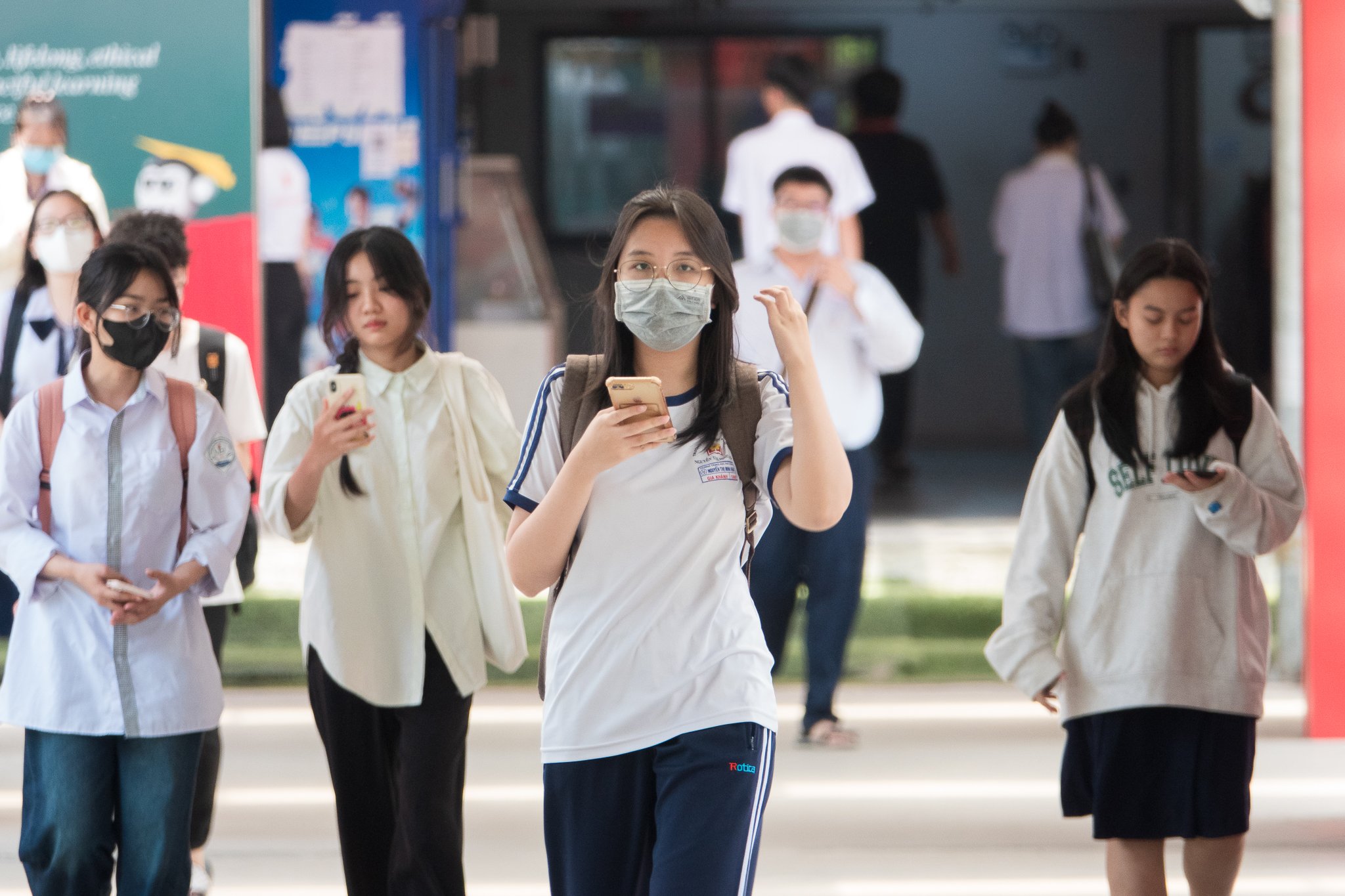
Students after completing the test
Also studying at Nguyen Thi Minh Khai High School, Nguyen Ngoc Bao Nhi, class 12A10, said that although she had intended to study abroad in Germany and was waiting for the results of the foreign school's admission, she still took the aptitude test. "Partly because I wanted to challenge myself to see how far my abilities were, and partly to create memories with my peers. The hardest part for me was reading the text to solve the physics, chemistry, and biology questions," Nhi shared, adding that the English, Vietnamese, history, and geography tests were not difficult to solve.
Having started studying and practicing the test questions on their own more than a month ago, Ngo Nguyen Anh and Pham Le Quynh Anh, both students in class 12D5 at Marie Curie High School, found the math questions in the official test to be more difficult than the sample test, especially the questions on logical thinking. "We lost quite a lot of points in math, physics, chemistry, and biology questions. But because we only took the test with the mindset of testing ourselves, we didn't put much emphasis on the results we achieved," both confided.
This year, the competency assessment exam has 51 universities and colleges from Thua Thien-Hue and the South participating in the organization; in 24 localities including: Thua Thien-Hue, Da Nang, Quang Nam, Quang Ngai, Binh Dinh, Phu Yen, Khanh Hoa, Binh Thuan, Dak Lak, Lam Dong, Ho Chi Minh City, Binh Duong, Dong Nai, Ba Ria-Vung Tau, Binh Phuoc, Tay Ninh, Tien Giang , Ben Tre, Dong Thap, Vinh Long, An Giang, Can Tho, Kien Giang, Bac Lieu.

Candidates complete the competency assessment test at the Van Lang University testing site.
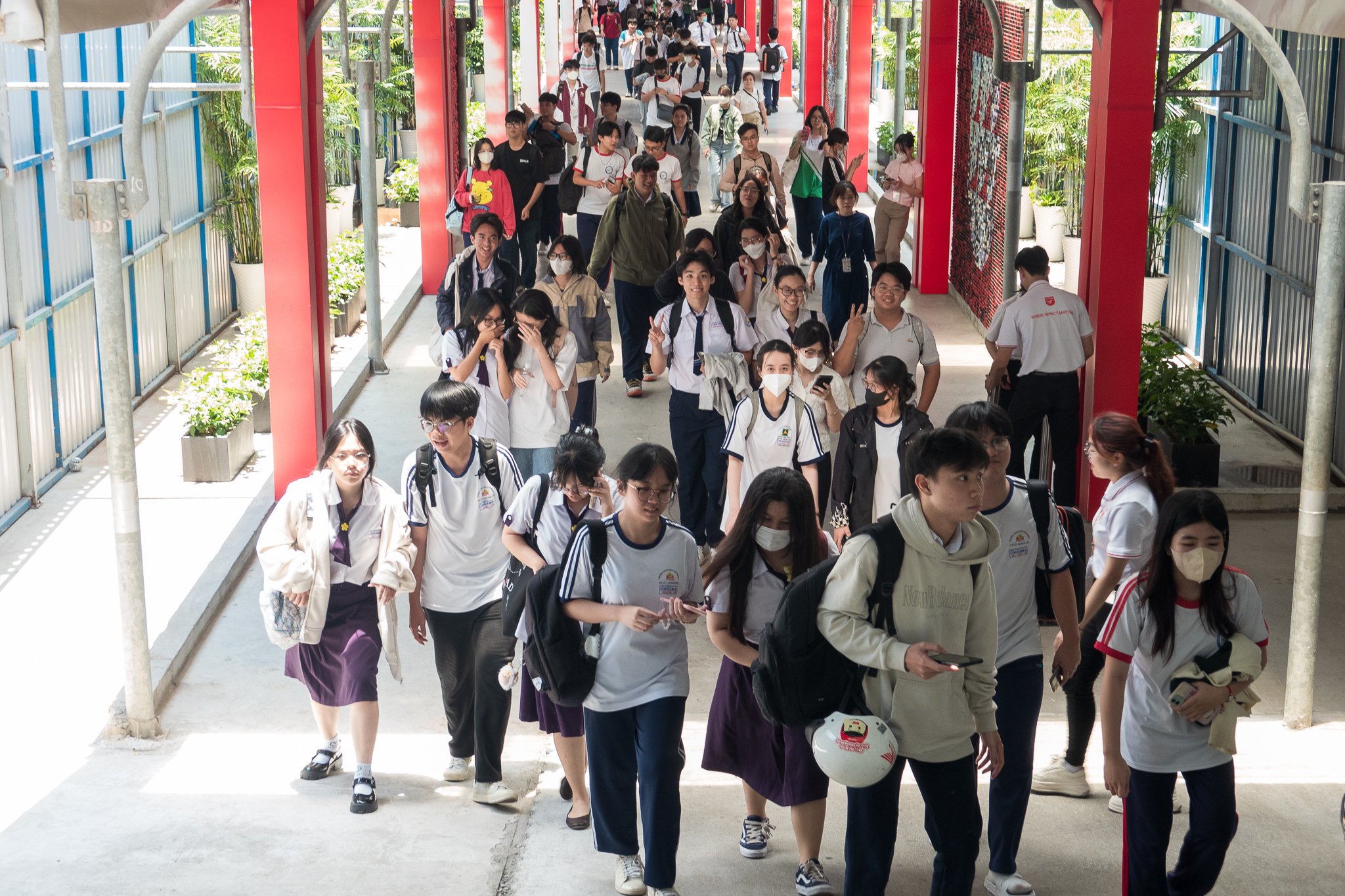
This year's first round of competency assessment exam attracted nearly 96,000 candidates.
According to information released by the Center for Testing and Training Quality Assessment (Ho Chi Minh City National University), this year it is expected that 105 universities and colleges will register to use the exam results to partially recruit students. Candidates will take a paper-based test in the form of multiple choice questions, including 120 questions in 150 minutes. The difficulty of the questions is divided into 3 levels: level 1 accounts for 30%, level 2 accounts for 40% and level 3 accounts for 30%.
The test structure consists of 3 parts, each part tests different areas of knowledge. Part 1 is related to Vietnamese knowledge and English usage. Part 2 on mathematics, logical thinking and data analysis will assess the ability to apply mathematical knowledge; logical thinking ability; ability to interpret, compare, and analyze data. Part 3 problem solving will assess the ability to understand basic textbook knowledge and apply it to solve specific problems in 5 areas, including 3 natural science areas (chemistry, physics, biology) and 2 social science areas (geography, history).
Source link






















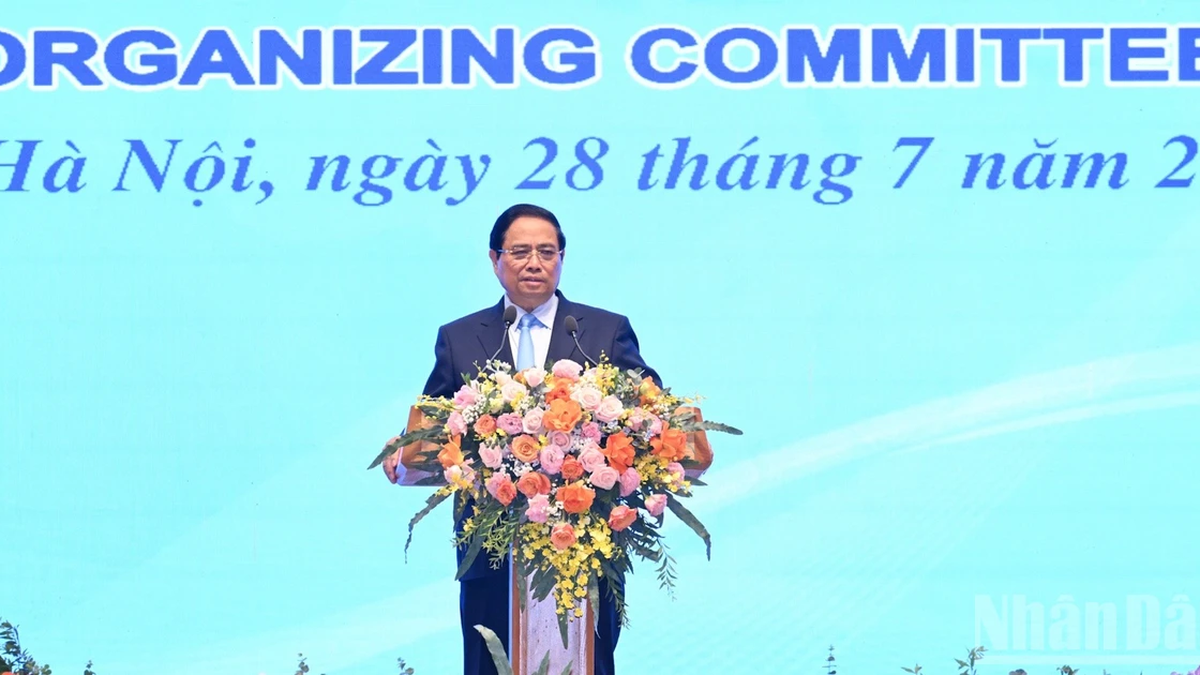
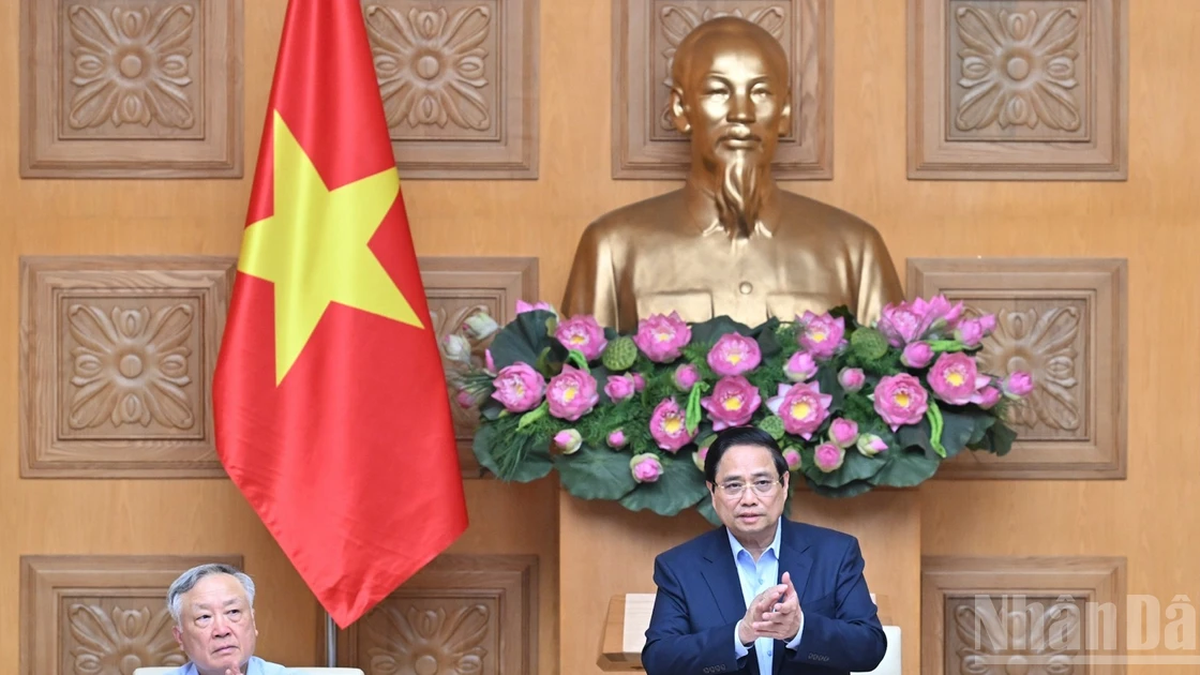



![[Photo] National Assembly Chairman attends the seminar "Building and operating an international financial center and recommendations for Vietnam"](https://vphoto.vietnam.vn/thumb/1200x675/vietnam/resource/IMAGE/2025/7/28/76393436936e457db31ec84433289f72)


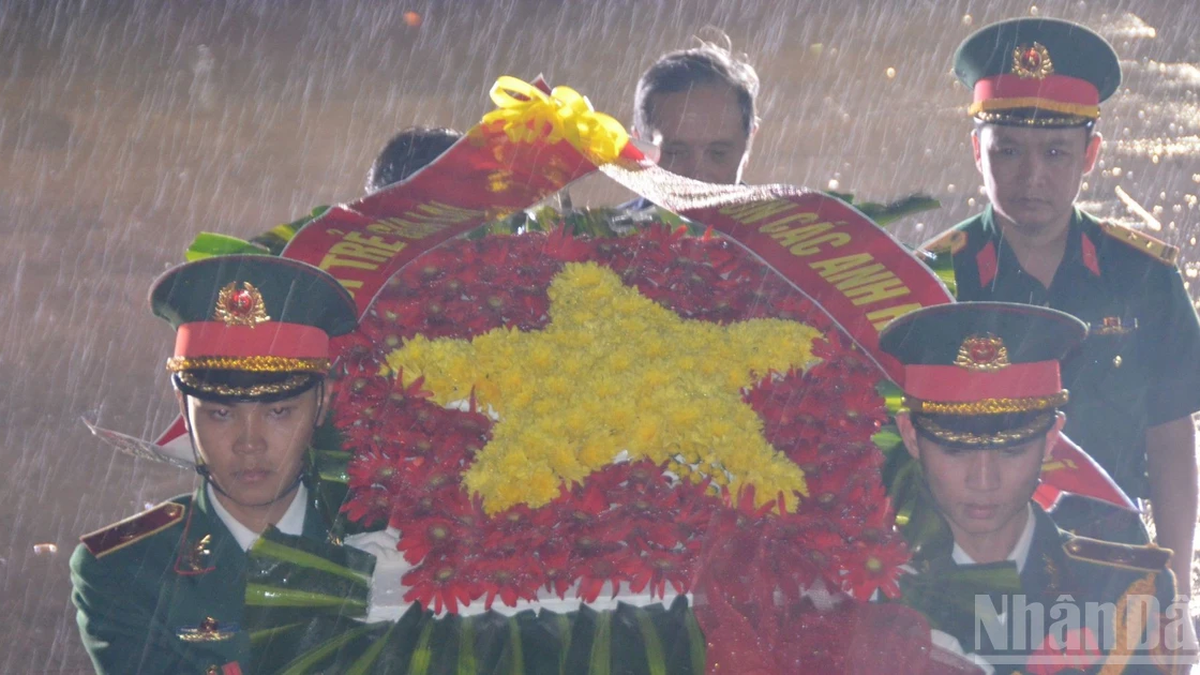













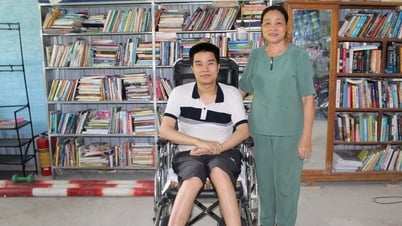




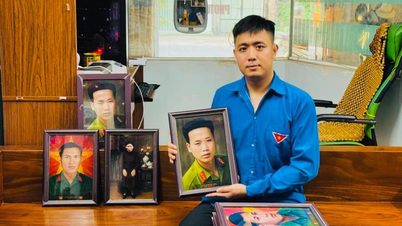









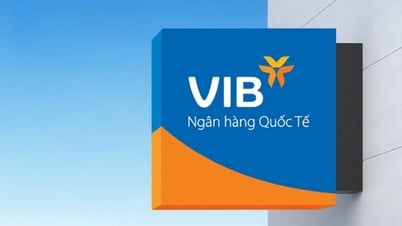
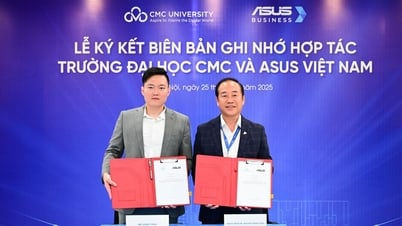












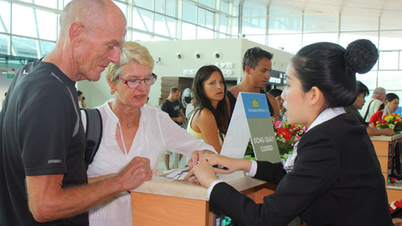
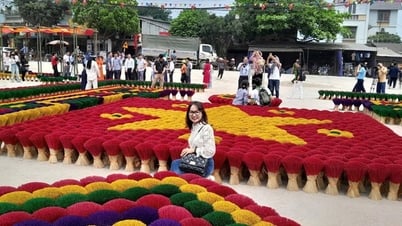
























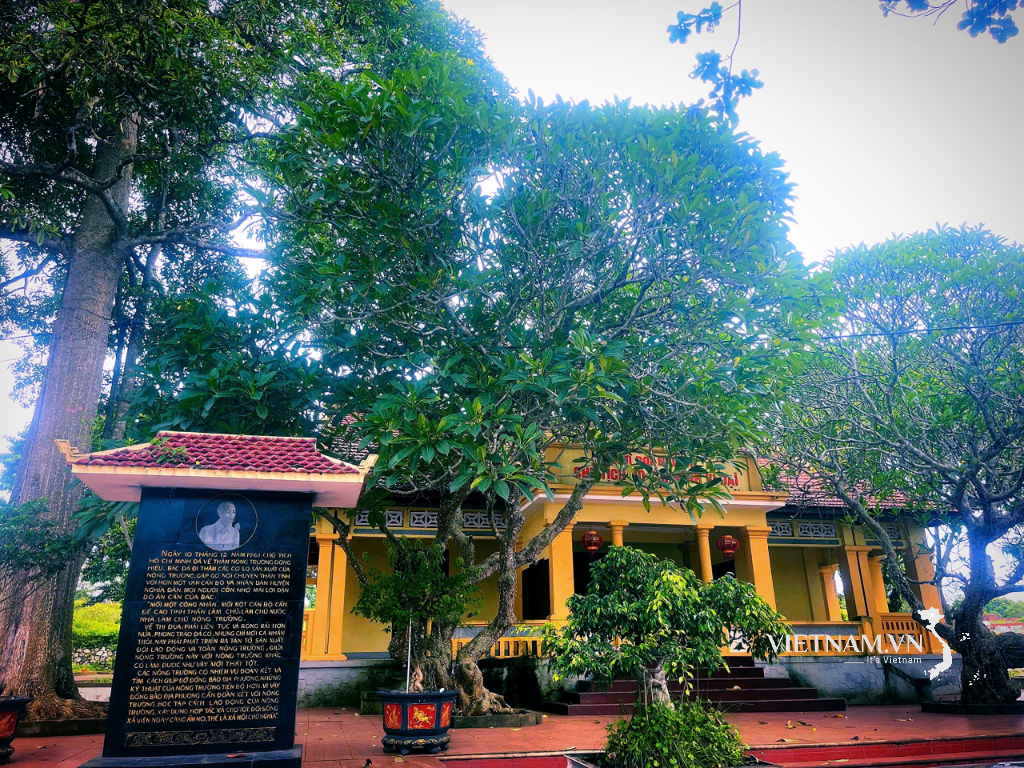
Comment (0)